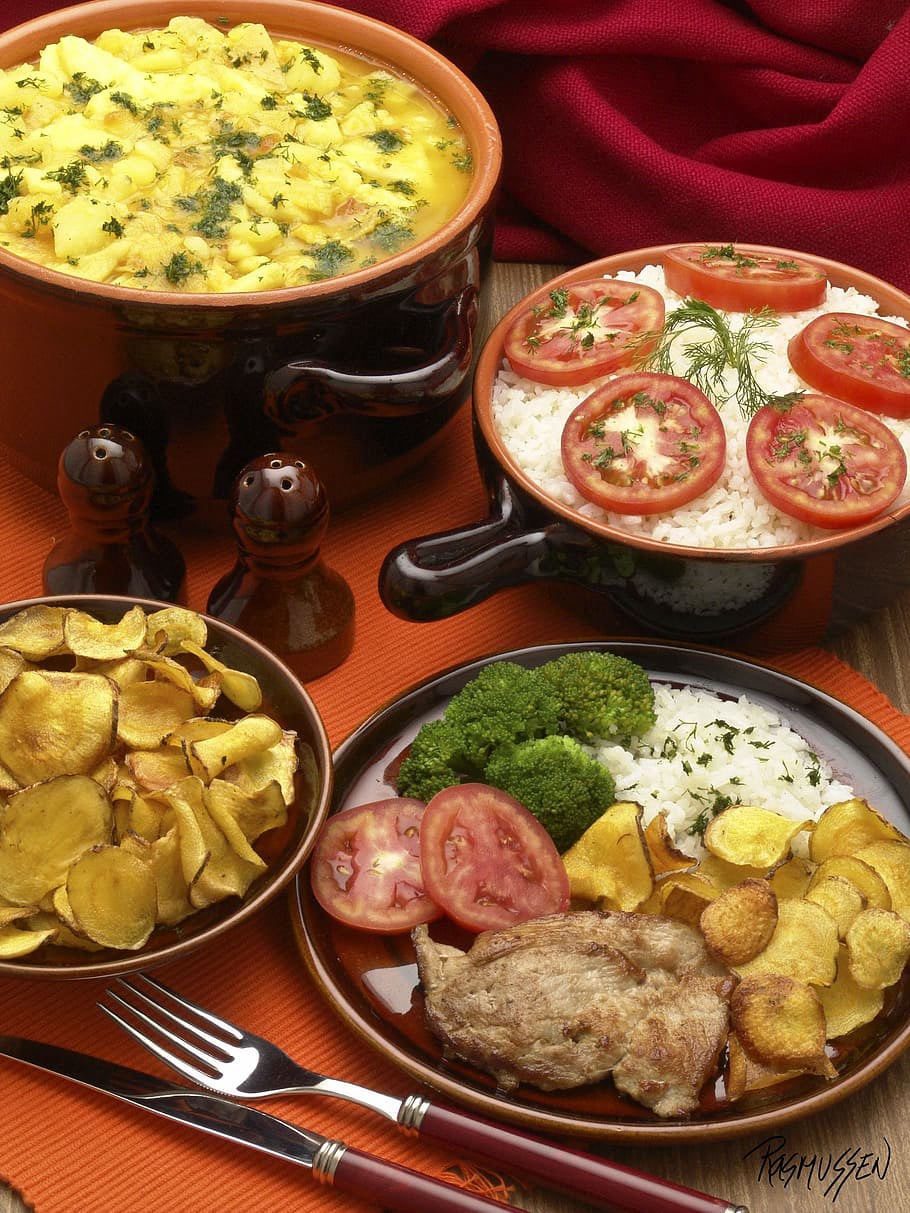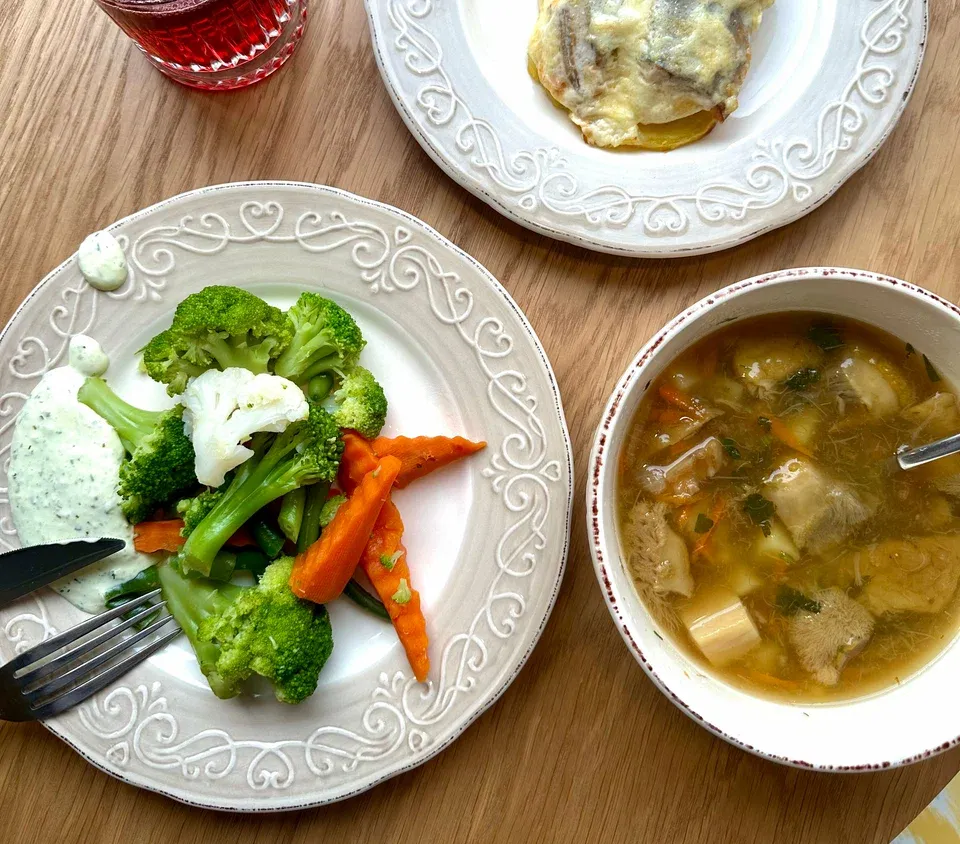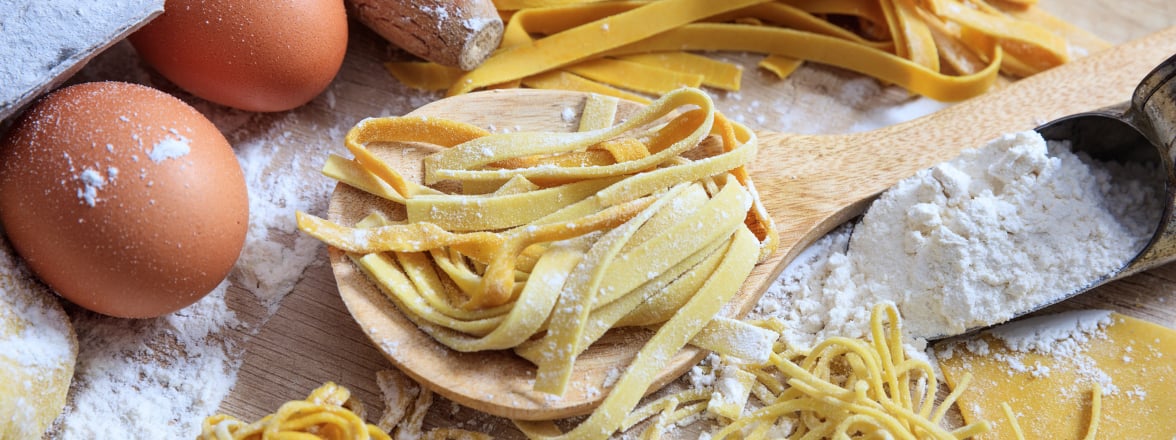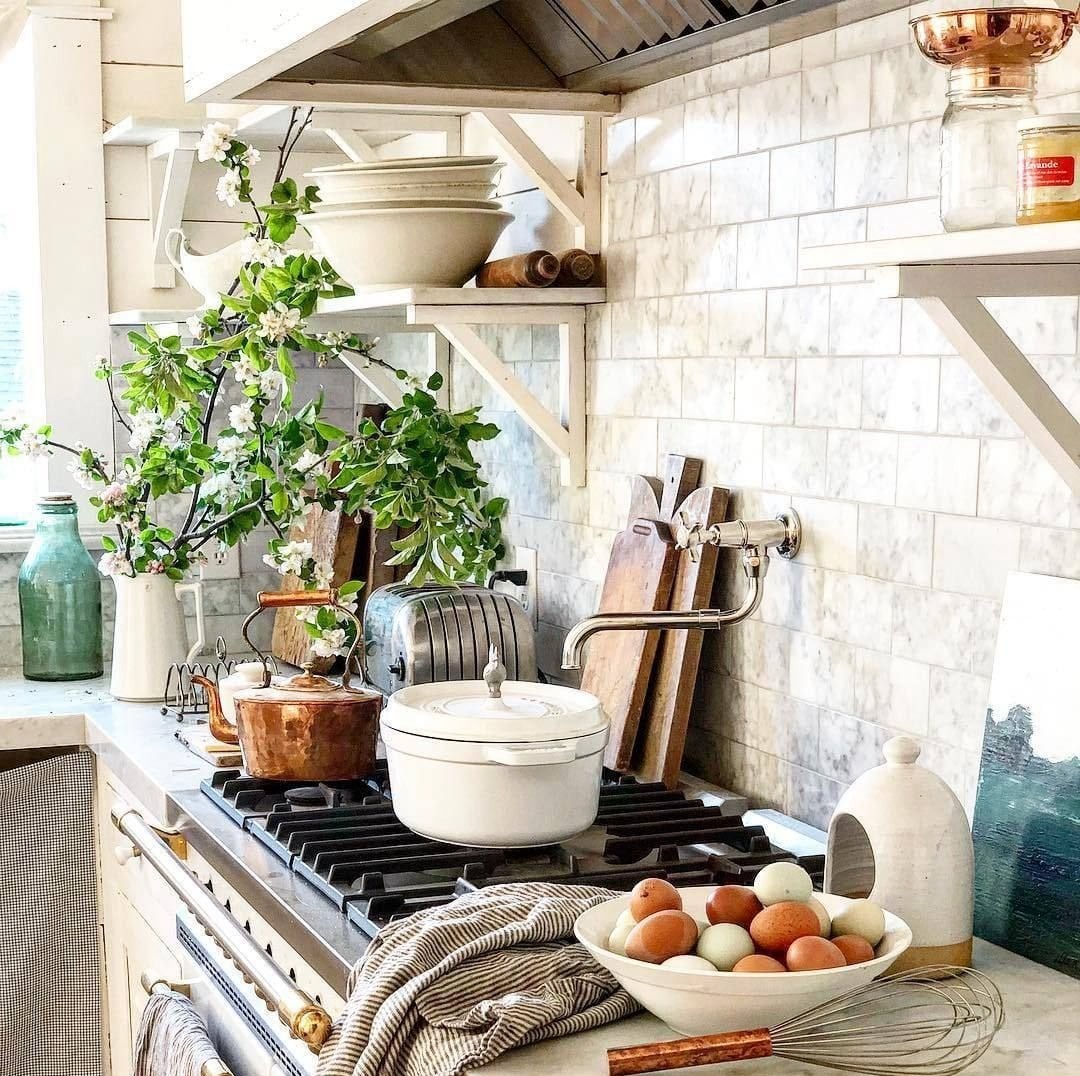What We Do
Hearth & Thyme specializes in delivering high-quality, actionable content centered around home cooking and herb cultivation. Our articles cover everything from selecting the right soil for basil to perfecting the balance of flavors in a rustic stew. Each piece is designed to educate and inspire, breaking down complex techniques into manageable steps. We prioritize clarity and depth, ensuring readers leave with not just a recipe, but an understanding of the "why" behind each method.
Beyond recipes, we offer comprehensive guides on herb care, seasonal gardening tips, and sustainable practices. Whether you’re troubleshooting wilted thyme or exploring the history of saffron, our content is rooted in research and real-world application. We collaborate with chefs, botanists, and nutritionists to provide well-rounded perspectives, making Hearth & Thyme a one-stop resource for culinary and horticultural wisdom.
Our commitment extends to fostering a interactive community. Through comments, social media, and newsletters, we engage with readers to address their unique challenges and celebrate their successes. This two-way dialogue ensures our content remains relevant, practical, and ever-evolving to meet the needs of home cooks and gardeners alike







